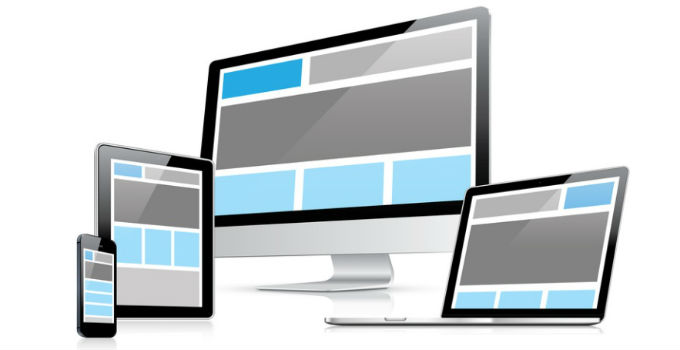With a major focus on mobile-first design, the popularity of desktop-first design has decreased to a great extent. The major reason behind this is designers who aim at creating a responsive design. However, it is not a starting idea to start from the desktop. In reality, the design works better if you wish to create designs that are feature-rich. As a professional web designer, it is crucial that you know the importance of focusing on desktop-first design.
Desktop-First Design – The Benefits
Desktop first is the common platform used by almost all professionals to create websites until the advent of a responsive era. These days, with a lot of people talking about and preferring mobile-first, there are still a number of reasons to stick with the desktop method. This is more important when your website has many detailed features good for larger screens.
Some of the benefits of the desktop-first design:
- All major can be seen at once.
- Allows imagining all of the largest possibilities for design first
- The best strategy for website audience using mainly desktops/laptops
Most of the present-age sites such as Twitter focus on mobile-first design. Yet, even Twitter is known to have many additional features that come attached to a desktop experience. Hence, it will really help you to create feature-rich sites that rely on a dynamic desktop design. It is also the biggest benefit of having a desktop-first layout in modern times.
It will help you have a look at the website combined with all of its accessories. You can remove extras for smaller screens after testing and locating certain features that don’t perform well.
Dynamic features should be seen as an addition to a mobile-first tactic. However, these are usually treated as primary display techniques combined with a desktop-first approach. Here, it is crucial to understand that there is nothing better than others. So it is better to try both to test your preference.
Support for All Browsers
It is definitely tricky to handle browser support for desktop-first design. In fact, it is reasonable for mobile browsers to fundamentally support similar features as desktop browsers. The core difference may be seen not in HTML/CSS support. However, this is touch-based support.
Therefore, it is imperative to consider the way different browsers function, the things they support, and ways to handle the touch-based input of users moving from desktop to mobile. Visit Vert for more information.
Listed below are some rules to take into account while scaling down desktop-first design:
- Add JavaScript libraries supporting swipe motions
- Increase the size of body text to make sure links are easier to tap
- Tappable elements should be made larger
Graceful Degradation
This is a process that creates all of the top features of the website with everything you wish to have on the site. In case, other browsers are unable to support them, it is possible to revert to emergency approaches.
A classic example of this approach is the elimination of dropdown sliding menus for mobile. On the other hand, rather than a change in user experience, this is not stringently graceful degradation. Instead, you are looking for CSS3 properties or JS functions that literally cannot be sustained in a specific browser.
The desktop can be a Priority
It is absolutely ok in today’s world to design a website with desktop as a priority than mobile. Since mobile experience is considered very smooth and exceptionally simple, it is important to focus on a detailed and very powerful desktop experience. Having a future plan ready in hand for a mobile site is equally important.

0 Comments